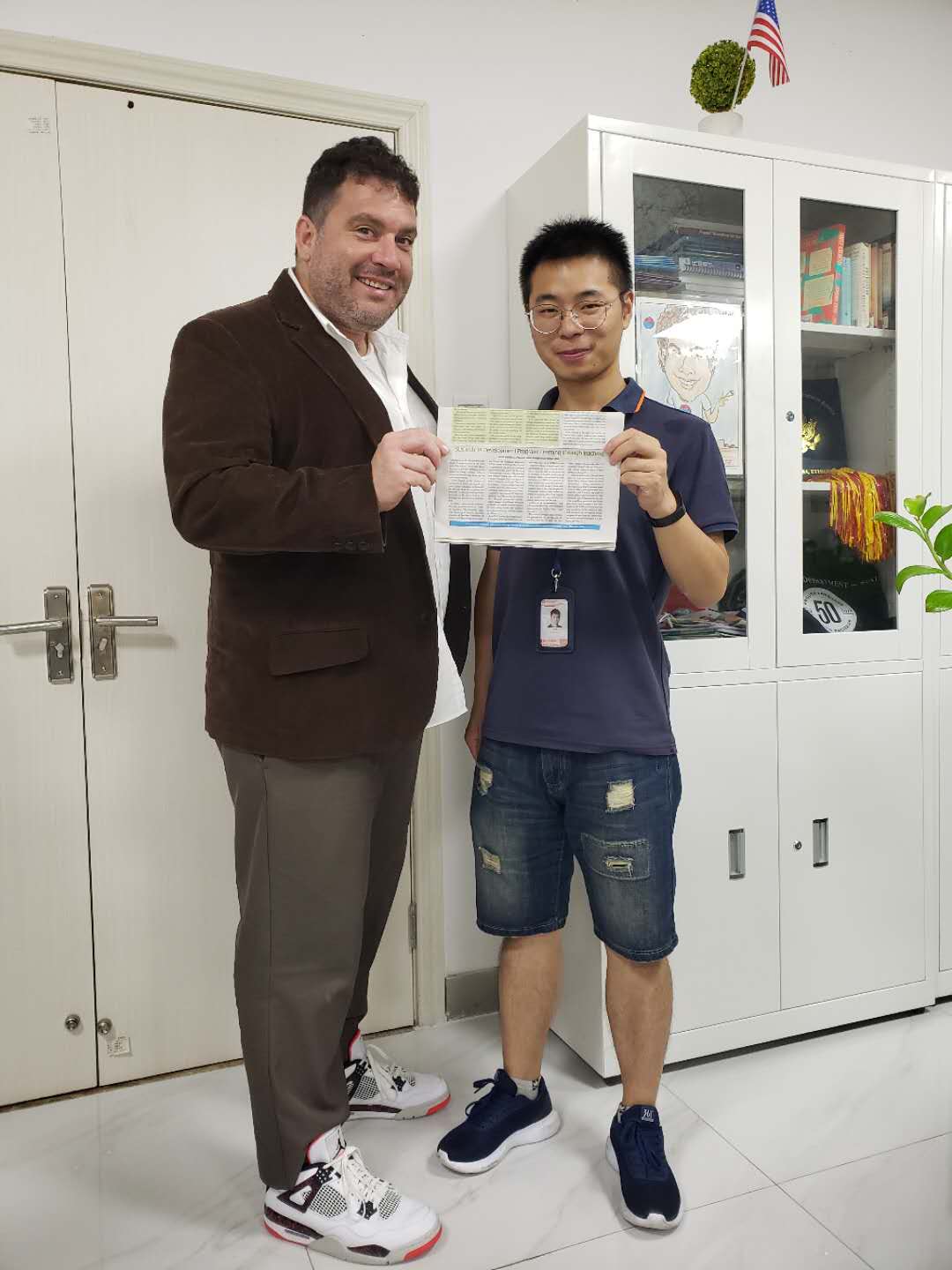2020-07-01
Pageviews:1916

“Education should be geared to the needs of modernization, of the world and of the future.” Since this educational principle was proposed in the 1990s by Deng Xiaoping, China’s education reform has been on the path of exploration. Using English as the medium of instruction to teach has helped promote China’s education to the world. On the one hand, it can relieve the pressure of international students’ teaching; on the other hand, it can promote the globalization of education.
To further enhance the effectiveness and professionalism of Teaching Assistant classroom skills while teaching in English, this semester at Southern University of Science and Technology (SUSTech), the Centre for Language Education (CLE) aimed to develop the English competency of TAs through a series of eight workshops, titled “TA Teaching Development Program.” The teacher was Matthew Jellick, who calls himself a global educator. The main topics of these workshops included “Teaching Philosophy”, “Course Objectives and Student Learning Outcomes”, “Collaboration with Course Instructors”, “Classroom Language and Class Management” and “Becoming a Reflective TA”. Through interactive lessons, Matthew showed us different teaching methods and how the teacher teaches by integrating himself into teaching as a demonstration, whether online or offline.
As a PhD student, I have three years of overseas learning experience and now work as a TA at SUSTech in the Computer Science Department, understanding the importance of teaching in English. But in the practice of teaching in English, what kind of language abilities should teachers and students have? With an inquisitiveness, I joined this series of workshops. During the eight weeks, I have been thinking about it from the perspective of students, trying to learn how to solve this problem by asking what if my English is bad, what if I am shy, and what if I cannot understand the lecture. At the end of the workshop, I had a fifteen-minute teaching demonstration to display what I had learned. This time, I thought about it from the perspective of the teacher. How do we know, as teachers, students’ needs? For example, what if students’ English is better than ours, and should students learn subject terms in advance?
Through the training, I found some answers and learned how to think about these issues. Here are some suggestions. 1) Always remember to ask volunteers first to answer questions; 2) When getting answers from students, don’t simply say right or wrong, rather, ask them how did they get it and why; 3) Remember to start with something good and say thank you, then give comments and suggestions; 4) Build a relationship with your students; 5) Get feedback from both students and colleagues for the purpose of updating and improving, because everyone is a different person tomorrow.
Thinking from the perspective of teachers and students is an effective way to promote the reformation and innovation of teaching in English in China. Teaching in English opens up our global vision and inspires us to expand our thinking. And going forward, the CLE and TAs at SUSTech will keep sharing ideas beneficial to the improvement of teaching in English, benefiting both teachers and students alike.
